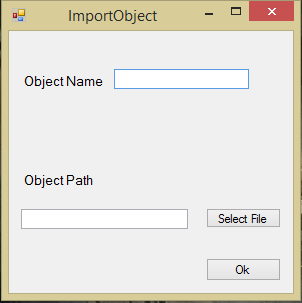When you first started the game the first thing you saw was an aiming reticle and the ability to shoot. This instantly told our players, hey you should be shooting things. Another thing was that we punished our players for having the lantern out. The lantern provided more light so we said it should burn fuel constantly. This lead to forcing players to have the gun mode out 90% of the time. This, along with spiders roaming around, made it very clear to the player that they should be using the gun as their primary mechanic.
In order to make our game not a shooter we made a few changes this week. We increased the crowd control abilities the player could use on the spiders. We also removed the constant drain of the lantern so that players could keep it out as their primary weapon. We added an investigation state where the spiders stop attacking players to investigate sounds they have heard. We also made the game start with the lantern out so the players would feel that it is more about the lantern then the gun.
The above video shows the increased crowd control I made for the spiders. When the player uses the lantern the spiders now get dazed and then stunned. While dazed they move in random directions for a random increments of time giving a very confused look. It took a while to get these values to look good but in the end I thought it came out nice. The other thing we added is the torches and flares now also stun the spiders. When the torch first gets planted any spiders near it will get stunned. When the flare hits the ground all spiders close to the flare will get stunned. This will give the player more options when trying to escape the spider.
The video also shows briefly the throwing of a glass bottle. We did not have an art asset for this yet so it is just a small rectangle. What it does is that all spiders within a certain distance go towards where it landed. Once they get close enough they resume normal action. We also made a similar thing happen when the player shoots. This will give players more options on how to manipulate spiders out of the way of their objectives.
We felt this was a good step forward but at the end of the week, after our presentation we decided more still could be done. As it is currently the gun still kills the spider. We decided that this was not the feel we wanted so we are planning on changing it so that the gun also just stops the spider briefly like many of or other effects.






















